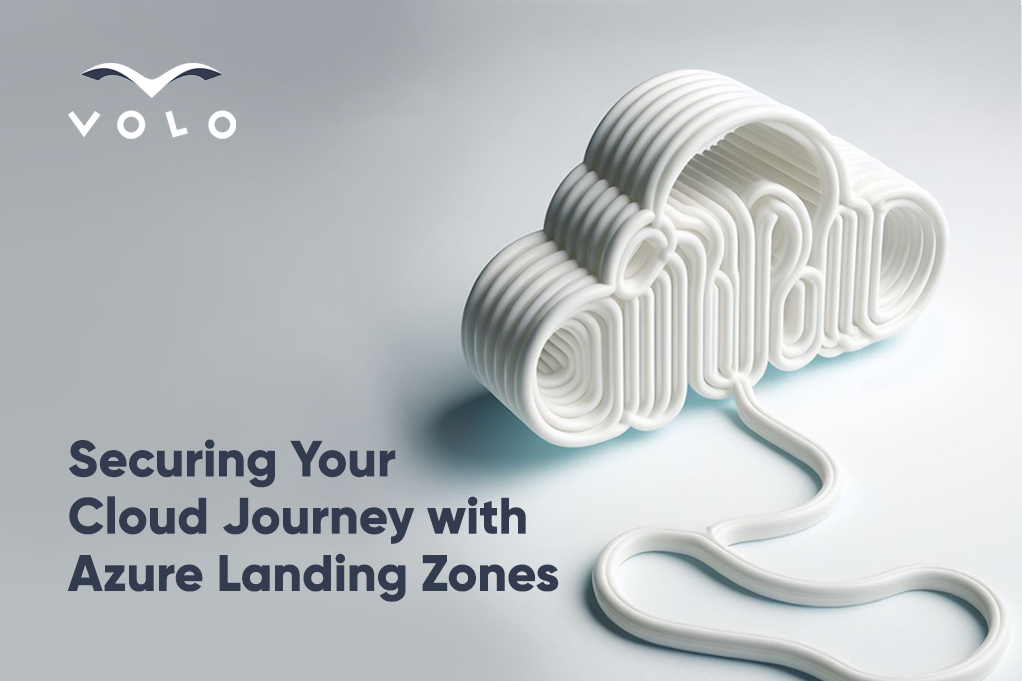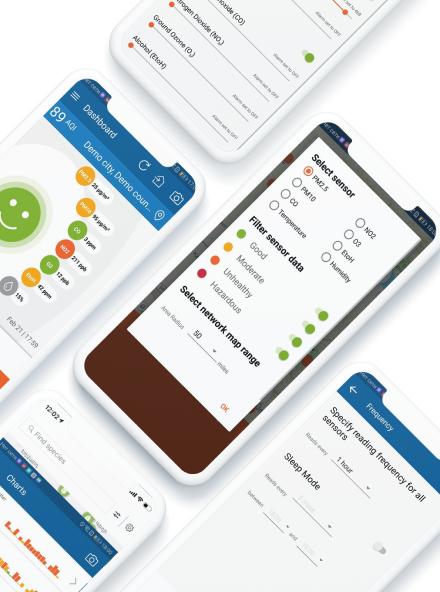
Securing Your Cloud Journey with Azure Landing Zones
11 Oct 2024

An Azure Landing Zone is a best practice framework for developing a well-structured Azure environment that is scalable, secure, compliant, and cost-effective. It establishes a base for deploying Azure resources consistently, with repeatability and automation. As a conceptual framework, it encapsulates all the essential elements needed to facilitate application migrations and large-scale development in Azure.
Thus, Azure Landing Zones are a comprehensive set of guidelines, templates, and best practices designed to facilitate the deployment of workloads on Azure smoothly and efficiently. They include pre-built templates, policies, and procedures that assist organizations in creating a scalable, secure, and compliant IT infrastructure on Azure. Azure Landing Zones offer a structured approach to establishing an Azure environment, encompassing multiple subscriptions, network topology, and governance, ensuring that security, governance, and compliance best practices are integrated from the outset.
This framework is crafted to address key aspects such as network architecture, identity management, and resource organization, laying a robust foundation for supporting diverse operational requirements across various regions and subscription models. Azure Landing Zones enable enterprises to manage their cloud resources on Microsoft Azure effectively, promoting a controlled and efficient scaling of their cloud environments.
What is the Purpose of Azure Landing Zones?
Azure Landing Zones offer a structured framework that helps organizations new to Azure deploy their workloads efficiently and effectively. This consistent approach reduces errors, saves time, and enhances the quality of the Azure environment. By providing tools and guidelines that optimize operational excellence and incorporate robust security and compliance measures, Azure Landing Zones support scalable and sustainable growth.
This allows businesses to expand and adapt their cloud infrastructure as their needs evolve, ensuring a successful and sustainable cloud journey. The framework is essential for businesses looking to effectively leverage cloud solutions, helping them navigate the complexities of cloud integration while maintaining control over the security and compliance of their digital environments.

Azure Landing Zone Architecture
The architecture of an Azure Landing Zone is designed to be modular and scalable. This design ensures flexibility through a repeatable infrastructure that applies configurations and controls across all subscriptions. It includes core management components such as identity and access management, network topology, and resource organization.
The Key Features of Azure Landing Zone Architecture
Modular and Scalable Architecture: The architecture is made up of modules that can be deployed and modified independently as organizational needs evolve. This modularity makes it easier to adapt and expand the cloud environment without overhauling the entire system.
- Opinionated Target Architecture: Represents a strongly recommended setup for organizations using Azure, serving as an adaptable starting point to meet specific organizational needs.
- Design Areas: The architecture encompasses eight key design areas, including Azure billing and Microsoft Entra tenant, identity and access management, resource organization, network topology and connectivity, security, management, governance, and platform automation and DevOps. These areas are crucial for effective cloud management and governance.
- Management Groups and Subscriptions: The architecture organizes Azure resources and subscriptions into a structured hierarchy using management groups. This setup helps streamline governance and compliance efforts by applying consistent policies across subscriptions.
- Platform vs. Application Landing Zones: Within the hierarchy, different subscriptions are designated for different purposes, some for Platform Landing Zones and others for Application Landing Zones, showing a clear division between foundational infrastructure and application-specific environments. Platform Landing Zones provide a broad, foundational infrastructure that supports multiple applications, focusing on core components like networking and security. Conversely, Application Landing Zones are tailored to specific applications, ensuring that the deployment aligns with specific application architecture requirements and dependencies.
This architecture provides a robust framework that supports efficient cloud management and scalability, aligning with best practices for enterprise deployment in Azure.
Azure Landing Zone Accelerator
The Azure Landing Zone Accelerator speeds up the deployment process, offering automated tools and pre-configured settings that adhere to Azure best practices. It simplifies the initial setup and allows for customization to meet specific needs, supported by comprehensive guidance and documentation from Microsoft.
Accelerators are infrastructure-as-code tools that support the correct deployment of Azure landing zones, ensuring that setups are efficient, compliant, and aligned with best practices. These include a platform landing zone accelerator for foundational infrastructure setups, as well as application landing zone accelerators tailored to specific application needs.
How to Implement Azure Landing Zones?
Azure Landing Zones offer two primary implementation strategies: Start Small and Expand, and Enterprise-Scale. Each option is designed to suit various organizational requirements and stages of cloud development.
- Start Small and Expand: This option utilizes an infrastructure-as-code methodology to initially deploy a basic cloud environment. It's designed to be small and manageable, providing an excellent starting point for organizations new to Azure or those looking to gradually transition to the cloud. The main advantage of starting small is that it allows IT teams to grow their cloud capabilities iteratively.
- Enterprise-Scale: For organizations that require a robust cloud setup from the get-go, the Enterprise-Scale option offers detailed solutions for security, governance, and operations. These are automated through Azure Policy and other governance tools, providing a solid and secure foundation. By reducing the number of decision points, this approach accelerates the deployment process and offers a mature, enterprise-grade cloud environment right from the start.
How to Choose the Right Strategy?
The choice between starting small and going enterprise-scale depends on the organization's current cloud maturity, specific business needs, and long-term IT strategy. Both paths offer scalable solutions that can grow and adapt with the organization.
For organizations just beginning their cloud journey, starting small allows for gradual adaptation and customization. For those with a clear operational vision and need for comprehensive solutions right away, the enterprise-scale option might be the better choice.
Parting Thoughts
Azure Landing Zones are an essential part of deploying and managing Azure resources effectively. They provide a structured approach that helps organizations ensure security, compliance, and scalability from the start.
As cloud technologies continue to evolve, having a structured approach like Azure Landing Zones will be a key driver of success in the cloud adoption efforts. By utilizing the Azure Landing Zone Accelerator and following best practices, businesses can maximize their cloud potential and achieve their digital transformation goals efficiently.
More helpful resources:
- 7 Benefits of Azure Cloud Migration from On-Premises Data Centers
- Mastering Azure's Well-Architected Framework for Cloud Success
- A Guide to Successful Migration to the Cloud: Benefits, Approaches, and Best Practices
- Top 10 Cloud Migration Challenges and How to Overcome Them
- How to Streamline the Process of Migration to the Cloud?
- VOLO Has Earned the Kubernetes on Microsoft Azure Specialization
- Microsoft Azure vs. AWS vs. Google Cloud: Which One to Choose?


